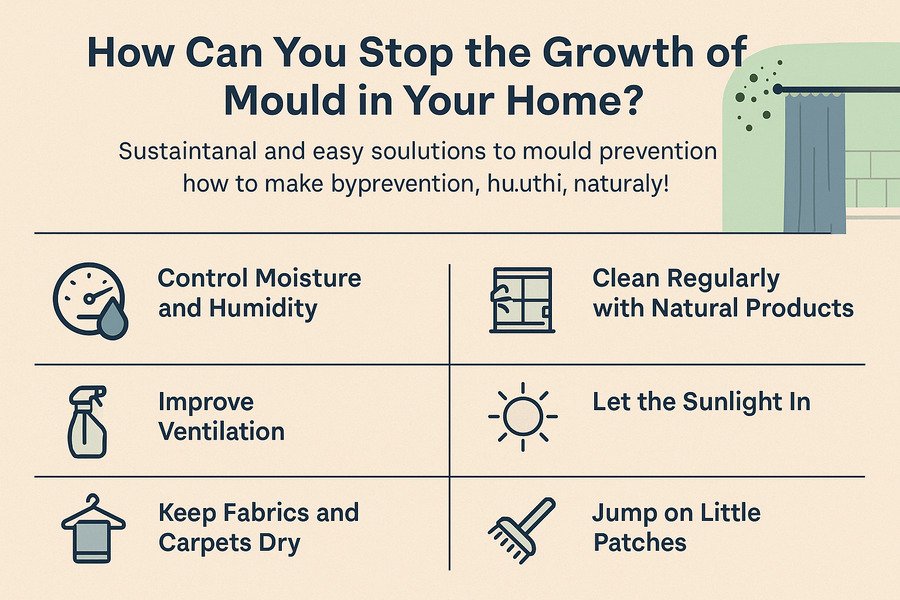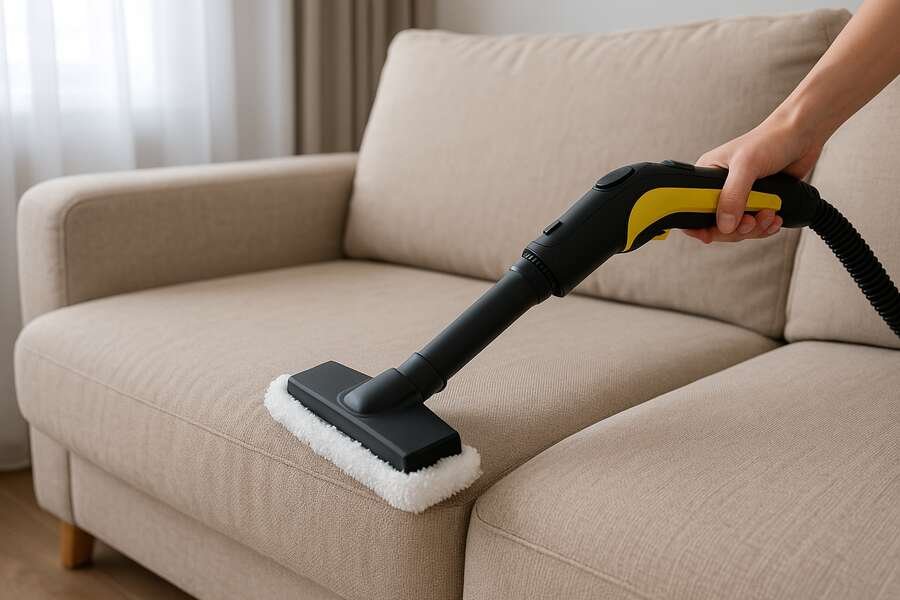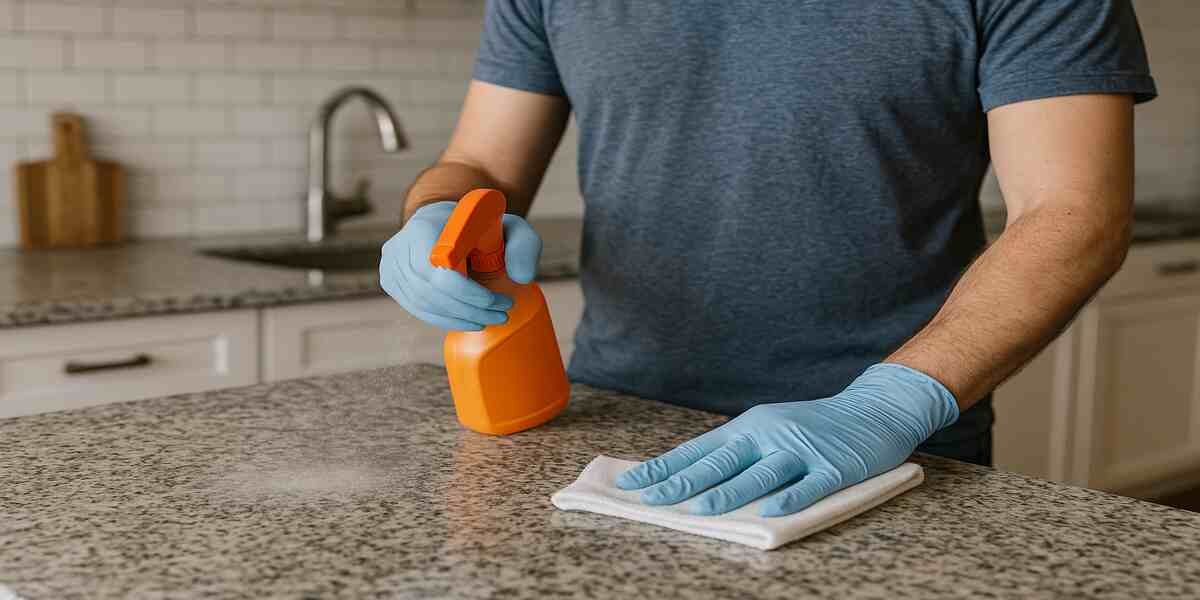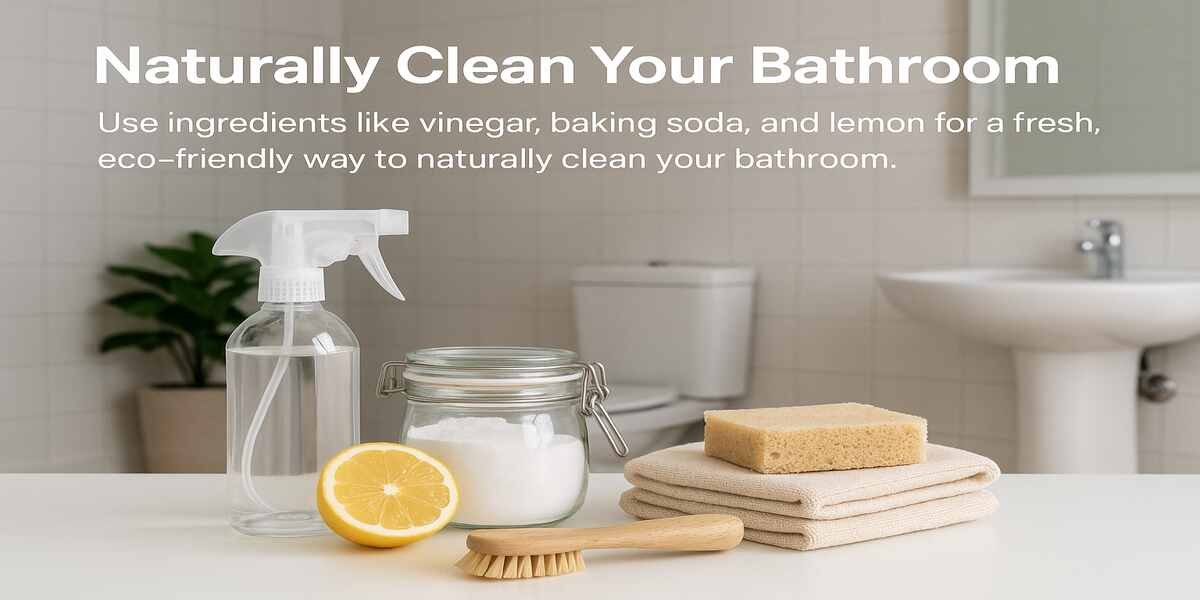How Can You Stop the Growth of Mould in Your Home?

Stop the Growth of Mould with Simple Home Tips
Have you noticed any black spots that crawl on the walls of your bathroom? Or smelled anything musty in your house even after thoroughly cleaning? What happens when that is not merely dirt, but mould silently choking your nook? The best news? It does not require chemical acids to thwart it. In our blog, we are going to discover easy, sustainable solutions to mould prevention and how to make your home fresh, safe, and healthy, naturally!
Mould produces itself very fast in wet, stagnant areas such as bathrooms and basements. Otherwise, it may result in allergies as well as damage and breathing difficulties. Maintaining a dry, clean and well-ventilated home is one of the solutions to keep mould at bay and preserve the health of your family.
How Can Your Home Avoid Mould Growth?
It is preferable to be proactive and prevent it from growing in the first place, rather than treat it after an infestation. But, in case you have mould growing in your home, this is your step-by-step guide to having the Bond Cleaning Pimpama expert, as to what mould is, what the difference is then mould and mildew, and how to prevent future mould growth.
What is Mould?
A mould is a multicellular fungus that divides into hyphae. Mould is always present in damp, warm and humid locations like bathrooms, kitchens, basements, and many more places. If there is black, green, white, or orange, but it usually smells musty. Not all moulds are harmful, but they can cause allergies, asthma and cutaneous allergies, particularly in susceptible individuals. It can be transmitted with the help of microscopic spores floating in the air, and can also multiply on walls, ceilings, fabrics, wood, and even food.
What Indoor Environment Promotes the Growth of Mould?
Knowledge of what causes the growth of mould is important before discussing how to prevent it. Mould requires a lot of extra moisture as a growth point- This may be in the form of leaks or even just small spills that have not been dried up correctly. Mould spores thrive in moist environments, especially where the humidity is above 60 per cent. Presence of poor ventilation in rooms such as bathrooms, kitchen and laundry rooms permits moisture to remain, even more promoting the presence of mould. Damp is also caused by condensation on cold homes, once in windows and walls. Moreover, the absence of natural light contributes to gloomy and wet areas, which is a perfect condition in which mould can grow. In this circumstance, mould can start to develop and expand very quickly, and it can be in 24 to 48 hours, in the event that prompt action is not taken.
1. Control Moisture and Humidity
The initial process towards avoiding the occurrence of mould is to control moisture and humidity in the house. By employing a hygrometer, ensure that the humidity is maintained at 30-50 per cent at all times and fit dehumidifiers in some areas where there is high relative humidity, such as in the basement. In kitchens and bathrooms, exhaust fans are to be employed during and after a steam-creating activity. It is also important to block leaks in pipes, roofs or windows in the shortest time possible. Routine cleaning on wet surfaces such as shower areas, kitchen sink and countertops will prevent accretion of water that the mould feeds on.
2. Improve Ventilation
There should also be increased ventilation. Keep the windows open as often as possible, and keep the interior doors open to allow air to circulate. The installation of an overhead fan, or a pedestal fan, will aid air circulation in a still room, and making the doors of wardrobes and cabinets unclosed, in the high-moisture weather, will allow the moist air no opportunity to accumulate in the closed apartments.
3. Clean Regularly with Natural Products
A more environmentally safe way of mould prevention, that is safer and less toxic, is the normal cleaning using natural products. Therefore, you can use a self-made spray, such as: 1 cup of white vinegar, 1 cup of water and 10 drops of oil of tea tree or eucalyptus. Put on those hard surfaces which cannot resist heat, such as tiles and window sills, to allow the mould to resist the wetting process naturally.
4. Let the Sunlight In
The other thing that you can ensure that mould does not come is by letting in the daylight in your house. Open the blinds and the curtains, allow the sunlight to enter the rooms by cutting greenery outside that does not allow the sun to take its natural path towards the rooms.
5. Keep Fabrics and Carpets Dry
Never forget to clean and dry the carpets and fabrics. Hang clothes and towels up to dry as soon as possible, never to allow laundry to sit in the washing machine too long and visit floor rugs that can be easily washed. These are easy preventative measures that will get far in keeping your home mould-free, healthy and clean.
6. Jump on with Little Patches
Even in case you happen to find a tiny patch of mould, do not hold up. The scrubbing can be done using natural cleaners like baking soda and vinegar. Wear a mask and gloves to avoid lung penetration of the spores. Although it is possible to tackle the large-scale/recurring mould problems with the help of an expert, it is always better to contact the services, and by the time the mould spreads beyond an area of 1 square metre, one should consider calling an expert.
Conclusion
Prevention of the growth of mould in your house is not a matter of single-minded payback by keeping your house clean, but there is the aspect of having a well-ventilated and balanced environment. By combining active habits and getting to know how to use natural cleaning solutions, mould can be kept at bay to secure the health of your family. Bear in mind: the earlier you face the moisture, the brighter your chances of remaining mould-free. Green cleaning and prevention should become your new habit–with green cleaning and prevention, your home can be a healthier and fresher place each day.



